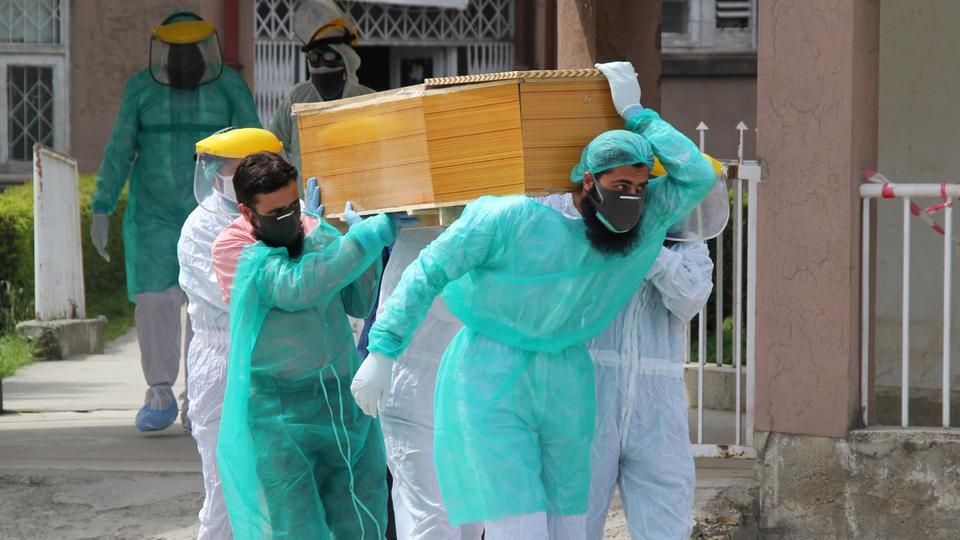
SEATTLE: In its first projections for Pakistan, the Institute for Health Metrics and Evaluation (IHME) at the University of Washington is forecasting 42,188 people (with a range of 18,380 to 107,181) will die from COVID-19 by October 1, 2020.
“Pakistan is at a tipping point,” said IHME’s Dr. Ali Mokdad, a senior faculty member and Chief Strategy Officer for Population Health at the university.
“Aggressive efforts to stop the spread of the virus, such as mask wearing and practicing social distancing, are essential control measures as nations continue to reopen. If all Pakistanis wear masks when they go outside, we can save 25,000 lives between now and October 1. This is all about saving lives and protecting the economy.”
The forecast shows deaths in Pakistan continuing to rise and is not yet predicting a peak. On October 1, the nation is expected to see a daily death count of 1,431 (range of 346 to 4,647). Punjab province is forecast to see 916 deaths (155 to 3,508) deaths on October 1, and Sindh province is projected have 254 deaths (42 to 846) that day.
IHME’s new forecasts model deaths from the virus if countries impose social distancing mandates for six weeks at the point when deaths reach 8 per million people. Pakistan is not predicted to reach that threshold before October 1.
The percentage of people wearing masks when leaving their home also is a key consideration. If mask use is increased to 95%, Pakistan’s October 1 death toll could be reduced to 16,994 deaths.
Forecasts for Pakistan by province are:
Azad Jammu & Kashmir: 861 (range of 39 to 5,501)
Balochistan: 2,188 (257 to 8,434)
Gilgit-Baltistan: 54 (21 to 279)
Islamabad Capital Territory: 262 (181 to 408)
Khyber Pakhtunkhwa: 4,894 (2,272 to 10,835)
Punjab: 24,830 (7,999 to 78,361)
Sindh: 9,098 (3,352 to 24,684)
The forecast is based on IHME’s latest model and includes health system data, such as hospitalizations, ICU admissions, and ventilator needs, as well as infections, deaths, and antibody prevalence. Other factors include forecasts of testing per capita, mobility per capita, social distancing mandates, mask use, social contact rates, and seasonality.
The Institute for Health Metrics and Evaluation (IHME) is an independent global health research organization at the University of Washington School of Medicine that provides rigorous and comparable measurement of the world’s most important health problems and evaluates the strategies used to address them. IHME is committed to transparency and makes this information widely available so that policymakers have the evidence they need to make informed decisions on allocating resources to improve population health.